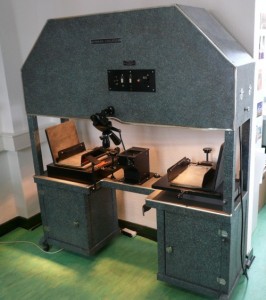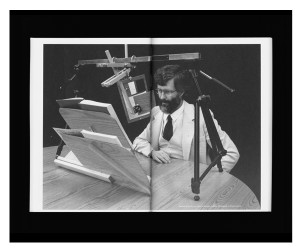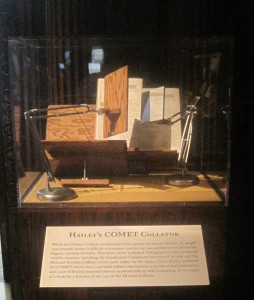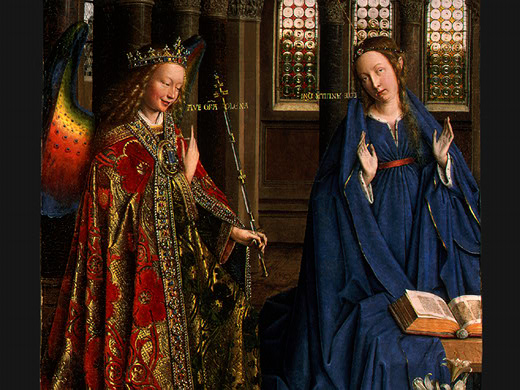(A guest blog by Erika Boeckeler, Northeastern University)
“An angel..vnderstondyth and knowyth sodaynly wythout collacion of one thynge to a nother.”
-Bartholomew de Glanville, De Proprietatibus Rerum (13th c, translated 1495) ii. xviii. 43
Somehow any quotation about angels evokes the most lovely romantic notions: fluttery wings, a breath of air, purity, beauty as knowledge and knowledge as beauty, the color white or the rainbow wings of painted Renaissance angels or just a sparkling light of the “Let there be light” variety…
What I love about this quotation is that it describes a fantasy of angelic epiphany that evokes all those notions. We cherish those moments in which we suddenly, instantaneously just know and understand, with a knowledge so pure that we flutter free from the weight of the world’s thingyness.
But the word I want to focus on in this quotation is collation. The Oxford English Dictionary, which lists this quotation as an early example of the word, defines collation as “the action of bringing together and comparing; comparison,” with the more specific definition given as the “textual comparison of different copies of a document; critical comparison of manuscripts or editions with a view to ascertain the correct text, or the perfect condition of a particular copy.” Angels don’t need to collate–they already have the perfect text–but we mortals do. The practice of collation seems a fitting way to think about what we’re doing as we experience the once and future history of the book.
I owe my knowledge of this quotation to the bibliographer Carter Hailey, inventor of a collating machine called Hailey’s COMET (see below) and whom I met in person during a seminar on the first printed version of Hamlet last weekend at the annual meeting of the Shakespeare Association of America. Hailey’s paper for the seminar describes two kinds of collation that bibliographers–people who meticulously describe books–perform: horizontal and vertical. Horizontal collation involves the comparison of multiples copies from the same printed edition of a given work. You may wonder why anyone would need to do this; aren’t all books in an edition exactly alike? In fact, early modern books from a single print run may differ wildly from each other! Corrections would be made while the book was in press, but paper and labor were expensive so pages with mistakes would be bound up with other pages further along in the run. The three main printed versions of Hamlet contain hundreds of differences within each, including one that calls the title character “Hamlee.” While that example may be merely surprising, others can be more substantial and radically alter the way we understand a passage.
What I’m interested in exploring here is the second kind of collation: vertical collation involves comparing different manuscripts and/or different printed editions across time. In the case of Hamlet, this involved noticing that successive readers encountered a play with characters first named Corambis and then Polonius, Ofelia then Ophelia, Rossencraft and Gilderstone then Rosencraus and Guyldensterne then Rosencrance and Guildenstein, Gertrard then Gertrude. Would the real Hamlee please stand up?
Working across time in ways that readers rarely or never did, collators bring invisible histories of books to light. Bibliographer and mad scientist inventor of another collation machine, Randall McCleod, reads Renaissance books that were never printed –the faint indent contours of type never inked- and books hiding within other books –-the traces or ink from one page in a book dried upon the pages of another. Sometimes the findings of collators spawn heated debates in the halls of academic academies, sometimes they spur actual revolutions. The great religious schism of seventeenth century Russia in which thousands died was caused by–yes!–an act of collation: someone discovered that fundamental religious texts had radically altered over centuries of copying and recopying.
In a future of the book study, the work of vertical collation is inevitable. In some ways, our non-angelic brains are constantly collating–measuring the experience of one book form against another. Books now are becoming less weighty thynges or not even thynges at all; collation technologies are becoming increasingly sophisticated and scholars are performing more sophisticated kinds of reading with them. Collation may morph into a different kind of work altogether.
Collation in the twentieth century has been intimately associated with technologies. Here are a few collation machines:




